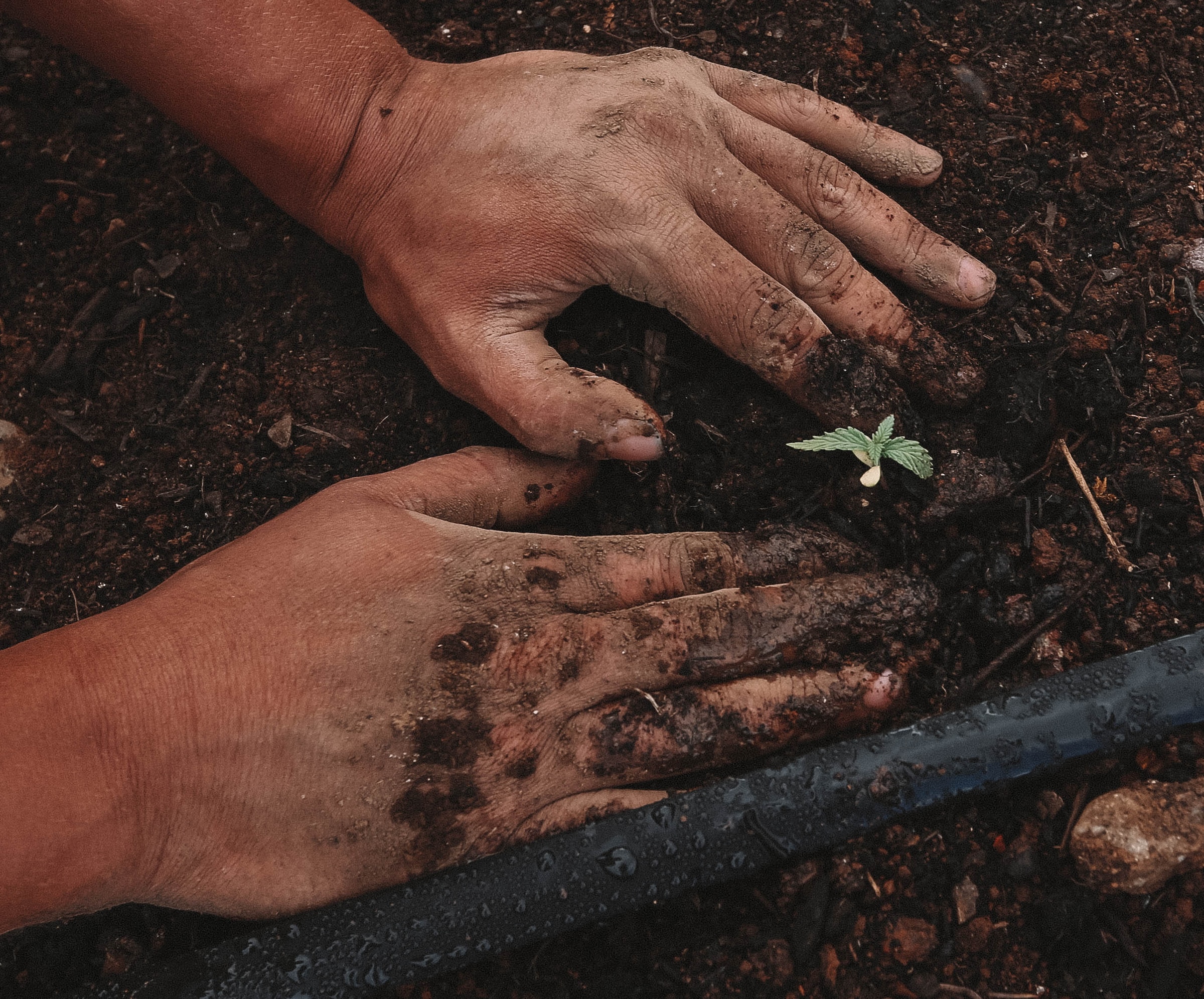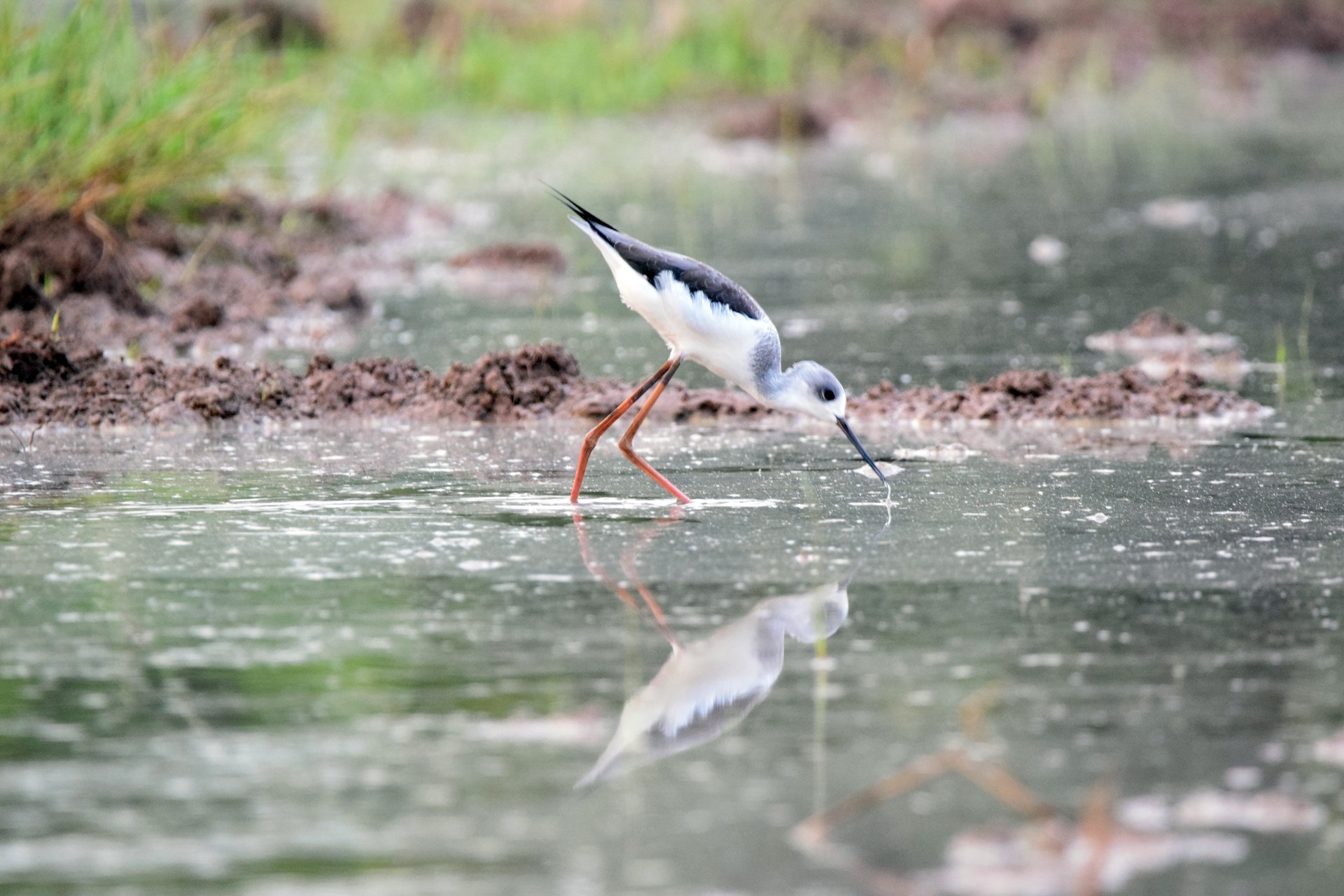In the quiet farming regions of Central America, small farmers are battling a formidable adversary: the intensifying effects of the El Niño climate phenomenon. This growing climate challenge is not only threatening their livelihoods but also amplifying the region's vulnerability to food shortages and mass migrations.
Climate Crisis at the Doorstep
Santa María Ostuma, El Salvador — Gustavo Panameño, a 46-year-old farmer, recalls the unsettling change in the recent farming seasons: "We had to plant late due to a lack of water. Then when our corn and beans began to grow, a drought struck, ruining everything." This sentiment is shared by many farmers in the region, who are grappling with the increasingly adverse effects of climate change.
The El Niño Southern Oscillation (ENSO), which typically brought droughts in its early months, has intensified. This year, its strongest phase is causing longer droughts during peak planting seasons and even more intense rainfalls later on, putting the harvests in jeopardy.

Climate change has a major impact on farmers' harvests
The Ripple Effects of El Niño
Apart from the direct effects on agriculture, El Niño's impact has broader socio-economic implications. As farmers like Gustavo face poor harvests, local food prices soar, resulting in heightened food insecurity. Lack of employment opportunities in the rural areas further exacerbates the situation, driving many to consider migration in search of better prospects.
"The agricultural crises, coupled with a lack of employment, creates a perfect storm for migration. As more people leave, the strain on local communities becomes evident," observed an expert in a conversation with IPS.
Recycled Woes and New Initiatives
Countries like Nicaragua are experiencing the brunt of El Niño's effects. Abdel Garcia, an environmental researcher, notes the ecological distress, with dried up rivers, diminished reservoirs, and dwindling surface water sources. This environmental strain further threatens the delicate balance of agriculture.

In response to these challenges, the Food and Agriculture Organization (FAO) of the United Nations recently launched a humanitarian aid initiative. This plan, requiring approximately 37 million dollars, aims to support over a million people across several Latin American nations, including El Salvador, Guatemala, and Nicaragua.
A broader initiative sees the FAO acting as a mediator between 30 global governments and potential investors. These nations will present agricultural projects worth a collective 268 million dollars to potential donors, ensuring that even in the face of adversity, the farming spirit remains ignited.
A Future Uncertain, but Hope Remains
For farmers like Héctor Panameño, hope remains a driving force despite the grim reality. He, like many others, suffered significant crop losses due to the unpredictable weather patterns. "We saw mature plants knocked down by windstorms before they could even flower," he recounts.
However, resilience shines through as these farmers attempt to salvage their season with the "postrera" harvest, Central America's second planting cycle. They're determined to adapt, innovate, and survive, holding onto hope for better seasons ahead.
Héctor's optimism encapsulates the spirit of many in the region: "We have no choice but to keep working; we can't just give up." In the face of mounting climate challenges, the determination of Central America's farmers stands as a testament to human resilience and the enduring hope for a better tomorrow.
©GlobalCO2.uk





